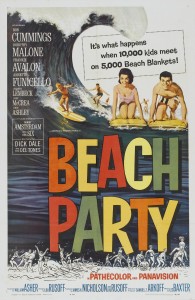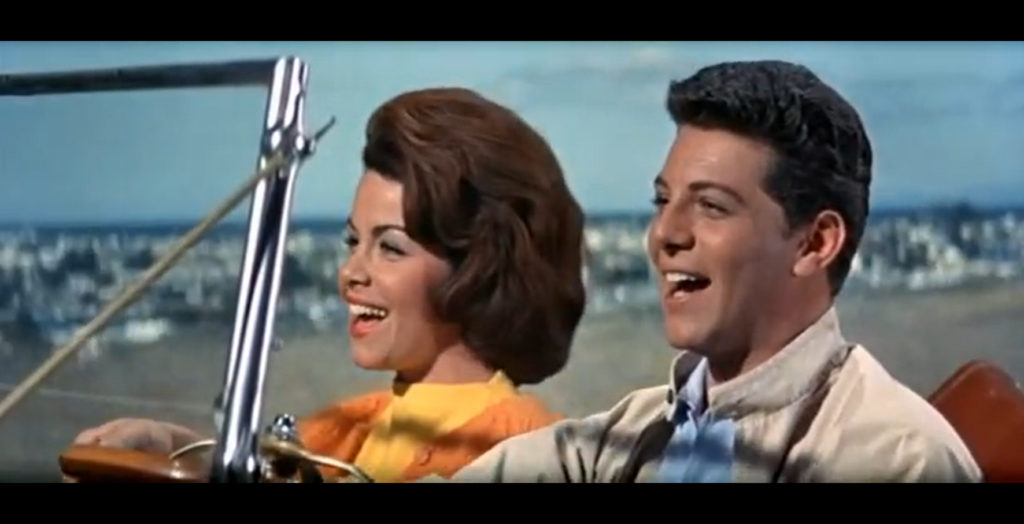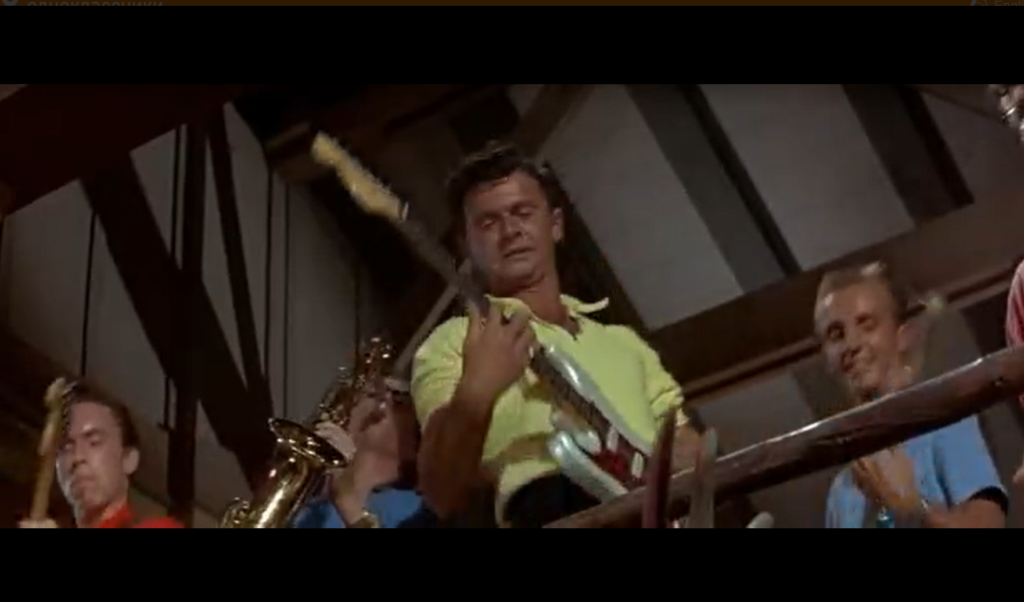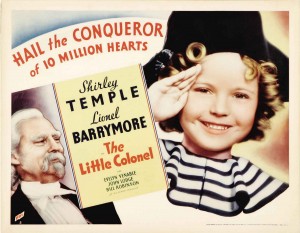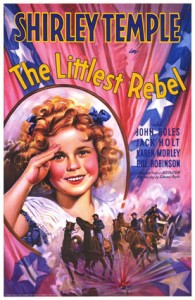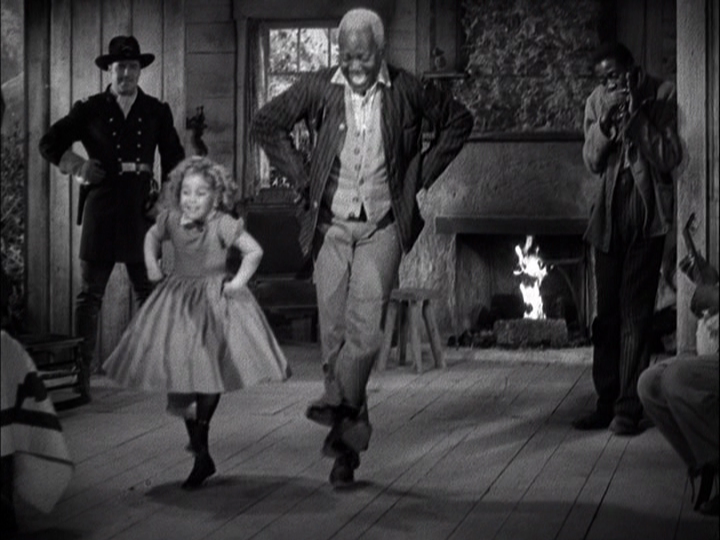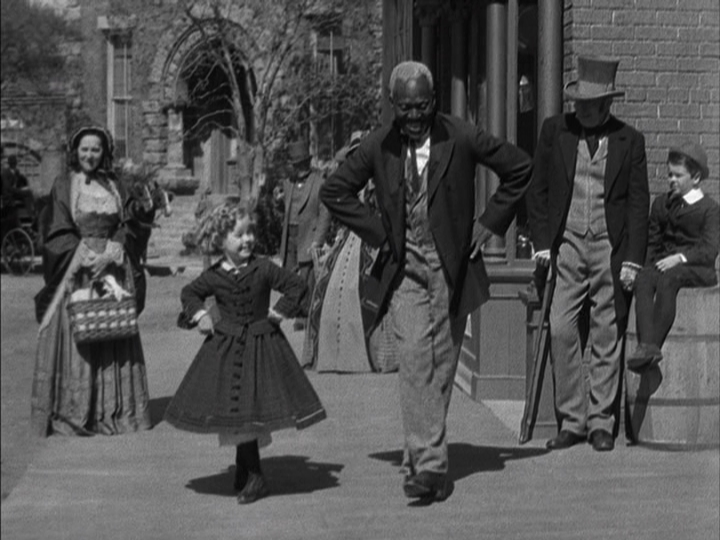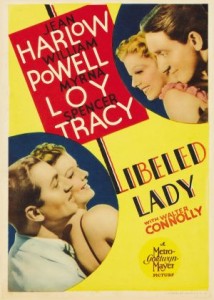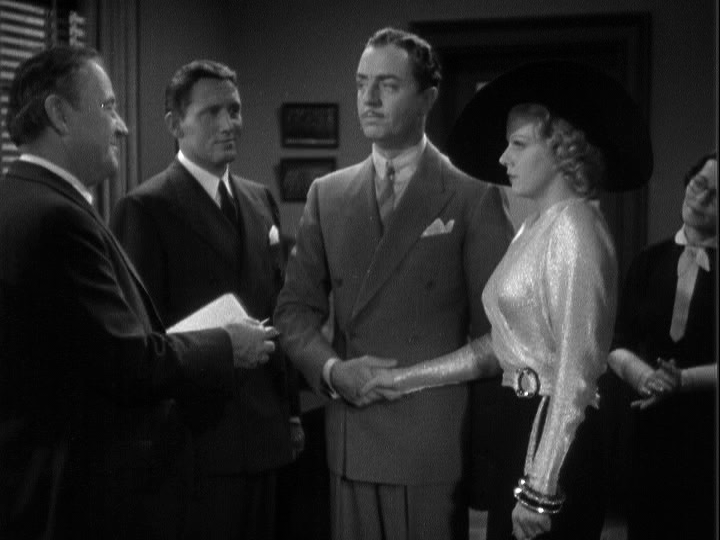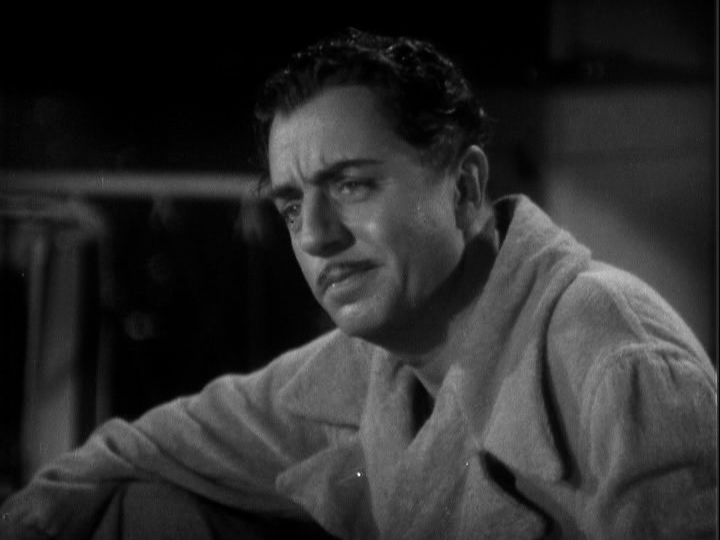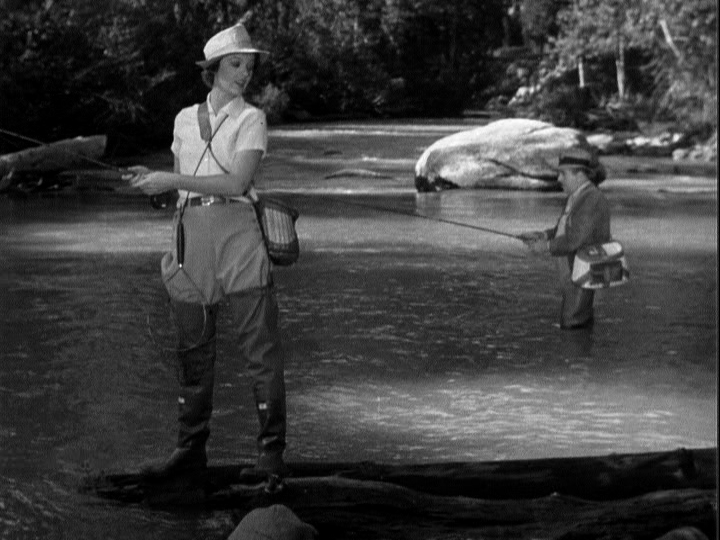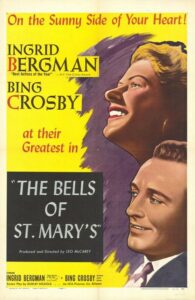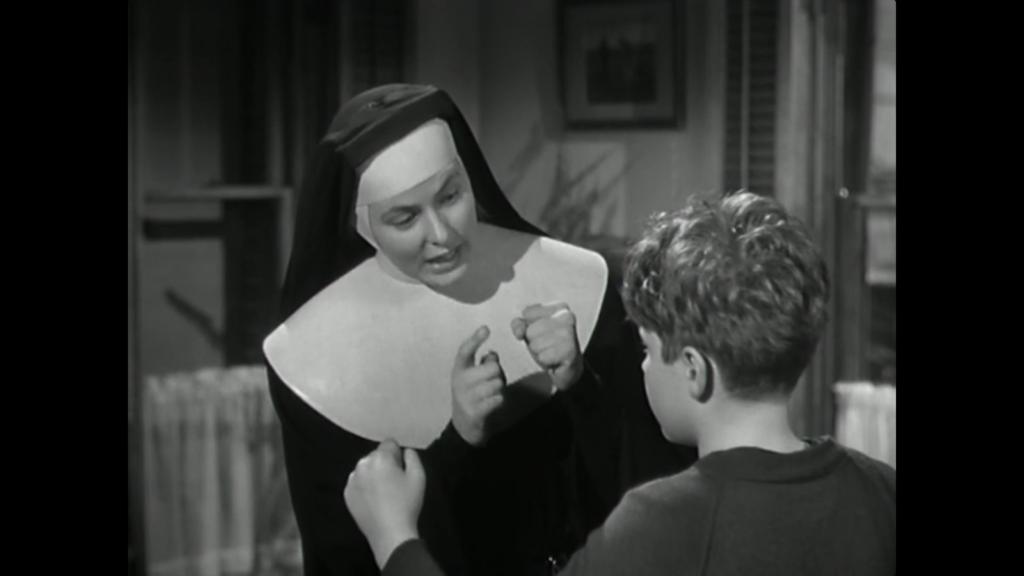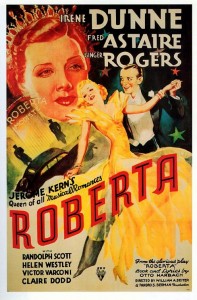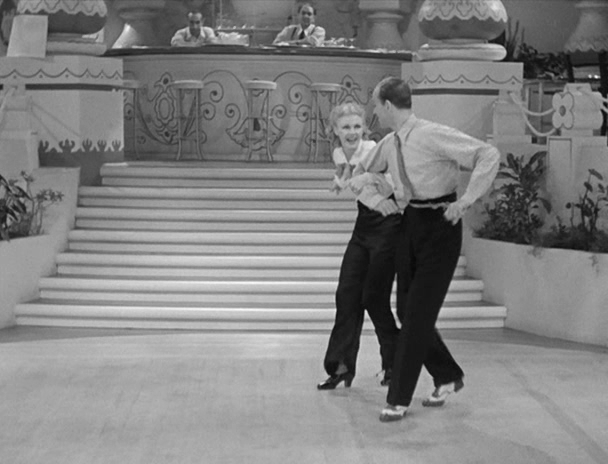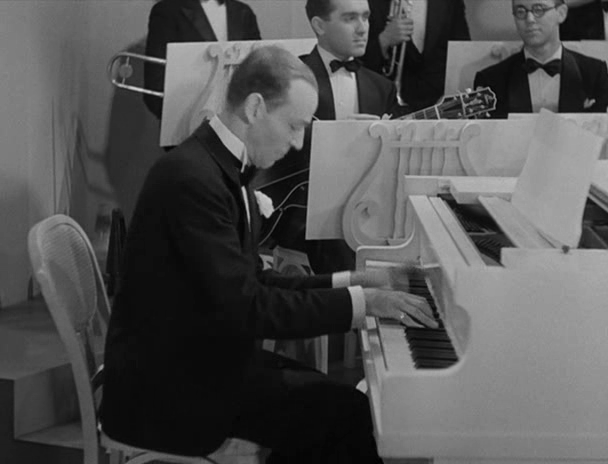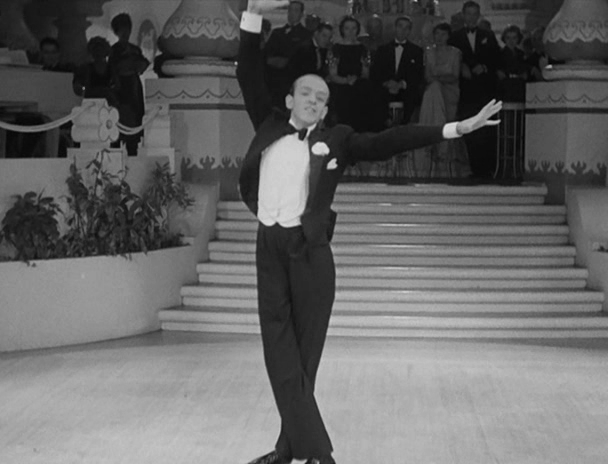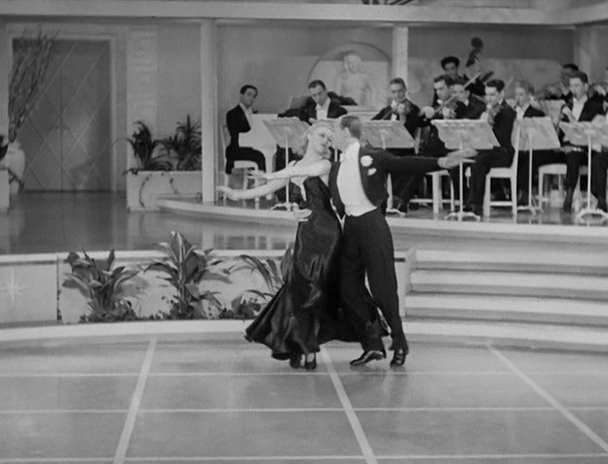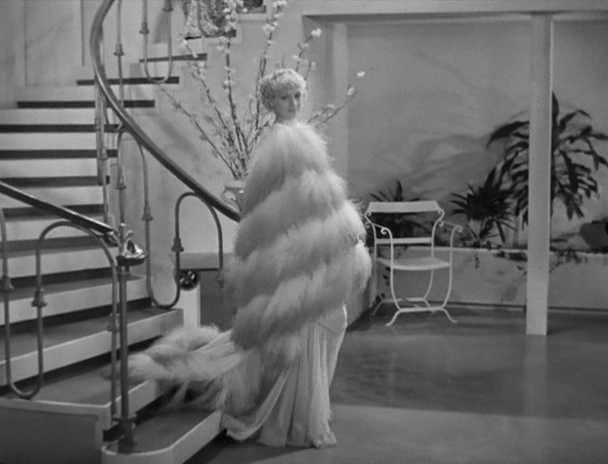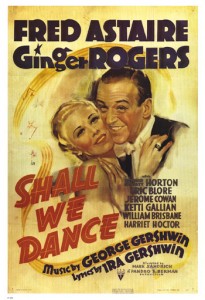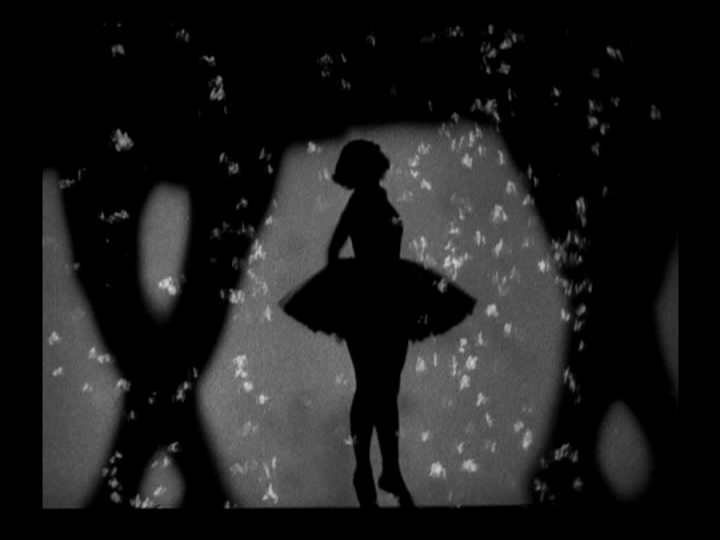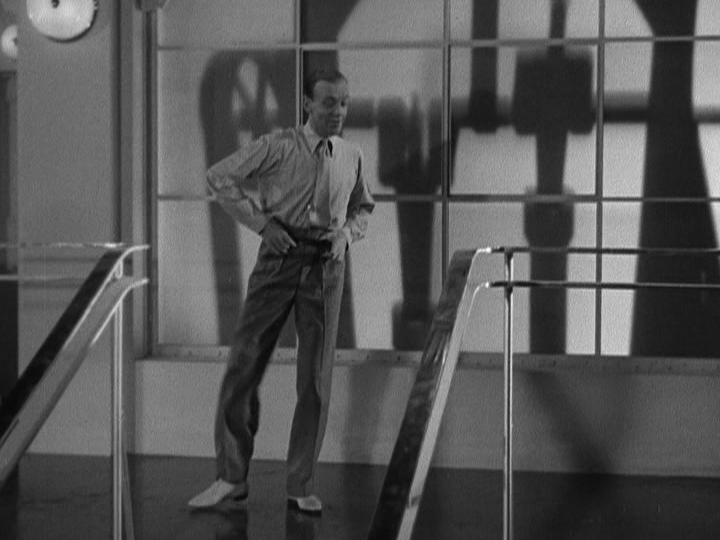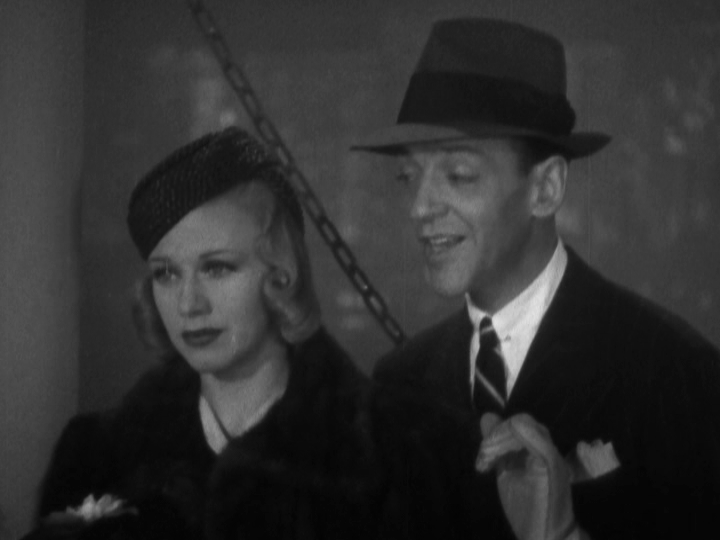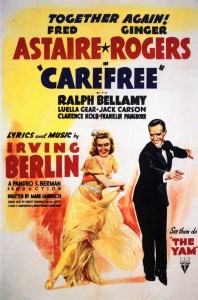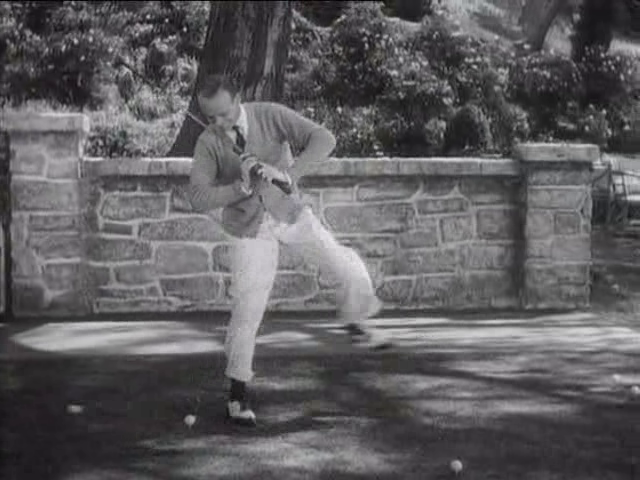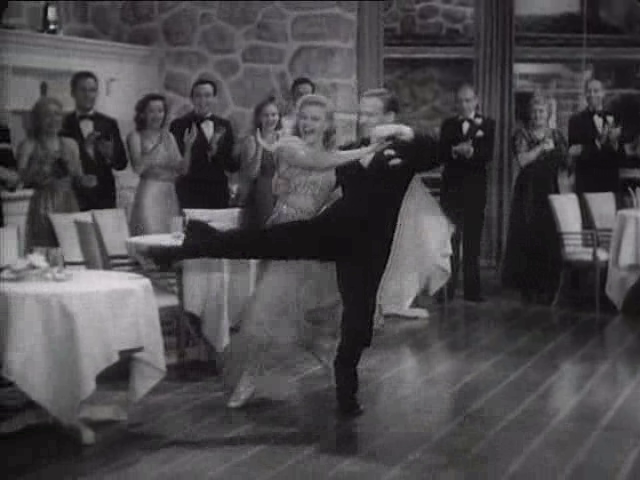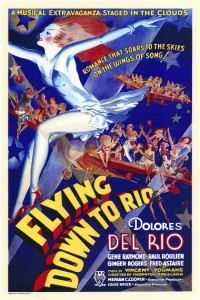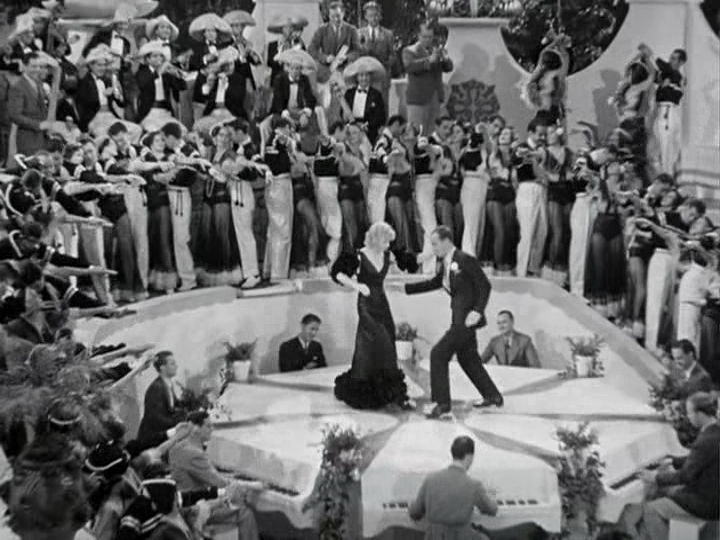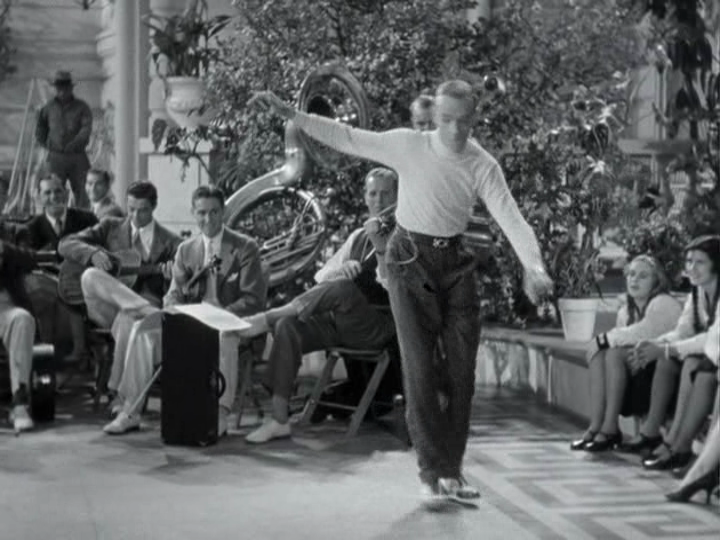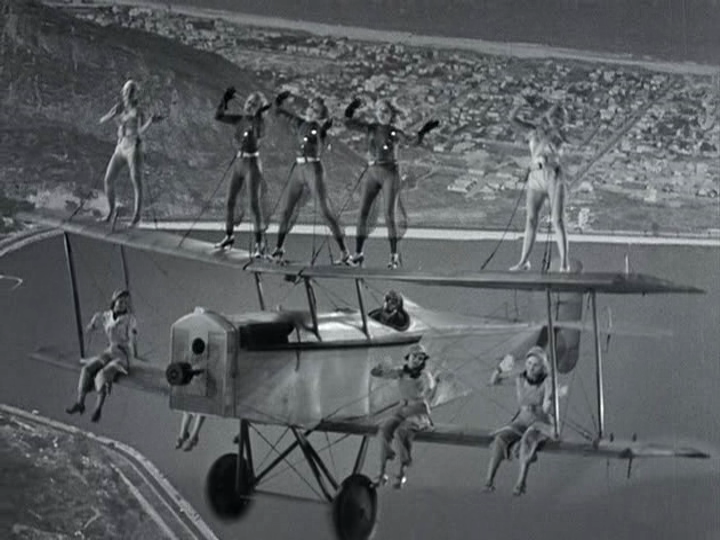|
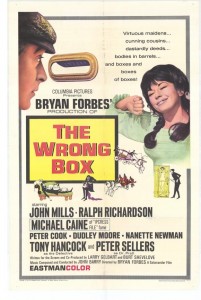
Synopsis:
As the members of a group investment scheme gradually die off, two elderly brothers — Masterman (John Mills) and Joseph (Ralph Richardson) Finsbury — find themselves last in line to inherit the money. Mills, concerned about the well-being of his soft-spoken nephew (Michael Caine), intends to kill off his brother so that the money will be Caine’s; meanwhile, enroute to visit their “dying” uncle (Mills), Richardson’s two scheming nephews (Peter Cook and Dudley Moore) mistakenly believe Richardson has died in a train wreck, and seek the help of an unscrupulous doctor (Peter Sellers) in falsifying the date on his death certificate.
|
|
Genres, Themes, Actors, and Directors:
- Black Comedy
- Bryan Forbes Films
- Death and Dying
- Dudley Moore Films
- Inheritance
- John Mills Films
- Michael Caine Films
- Mistaken Identities
- Peter Sellers Films
- Ralph Richardson Films
Response to Peary’s Review:
Peary argues that while the “actors are funny [and] the lines are funny”, this “once-popular black comedy” — based on a novel by Robert Louis Stevenson and Lloyd Osborne, about an outdated inheritance scheme known as a “tontine” — “isn’t funny”. He accurately points out that “director Bryan Forbes has no sense of comedy pacing”, and that the “picture has no snap”, instead going “on and on without hitting any comedy peaks”. Indeed, in comparison with a comedic gem like Kind Hearts and Coronets (1949) — which the opening scenes here weakly attempt to emulate — The Wrong Box is positively a dud. I disagree with Peary that the “lines are funny”; indeed, I found myself disappointed again and again by the inanity of both the dialogue and the scenarios. For instance, in a scene involving a group of female Salvation Army soldiers, a character cries out “Mercy!”, at which point one of the soldiers steps forth as though called by name, saying, “Yes?” (Thud.) There’s simply no humor in an interaction like this.
Ultimately, Forbes tries too hard, pulling out every trick in the book — including weirdly unnecessary inter-titles, a bit of slow-motion, and tricky editing — in an attempt to bring the material to life. Meanwhile, the majority of the characters come across as either insipid (i.e., Michael Caine and his would-be lover, played by Nanette Newman, whose entire romance seems pointless to the plot) or evil, leaving precious few folks left to root for or enjoy. Exceptions include Richardson’s wickedly droll turn as a polymath professor who simply won’t shut up; Wilfrid Lawson as an inconceivably decrepit butler; and Peter Sellers in a scene-stealing performance as an outrageously corrupt doctor. While I agree with Peary that (many of) the actors do a fine job, their efforts are ultimately wasted in a vehicle that doesn’t do them or the premise justice.
Redeeming Qualities and Moments:
- Peter Sellers as Dr. Pratt
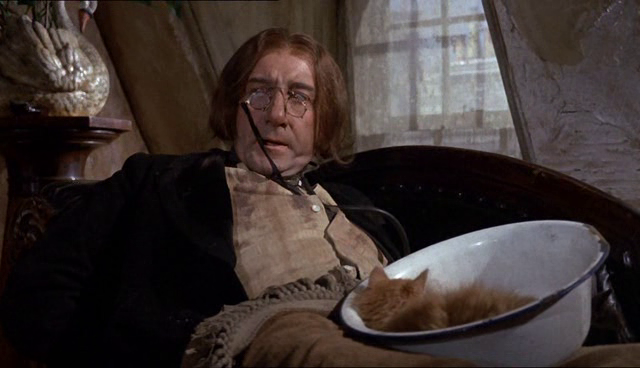
- Ralph Richardson as Joseph Finsbury
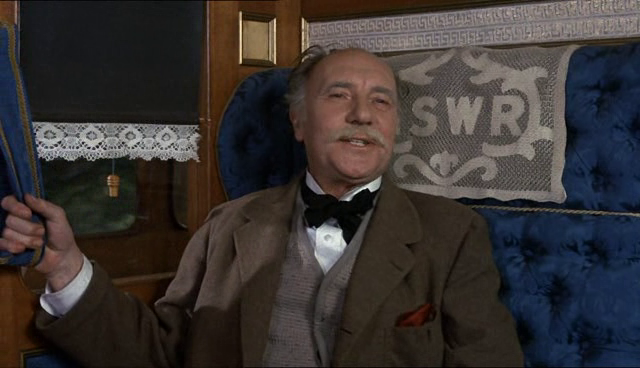
- Peter Cook as Morris Finsbury
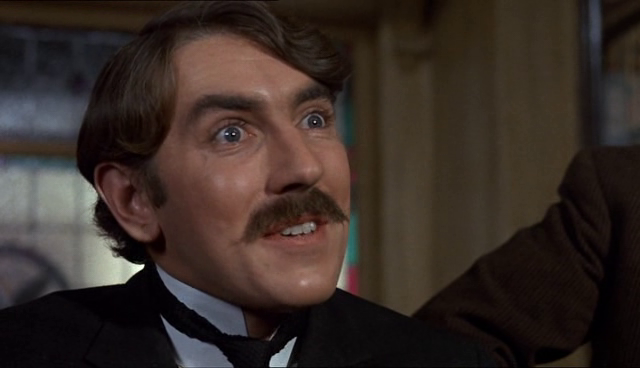
- Wilfrid Lawson as Peacock the butler
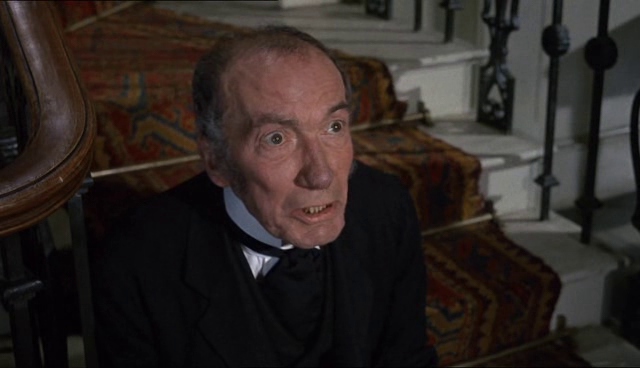
- Fine period sets and costumes
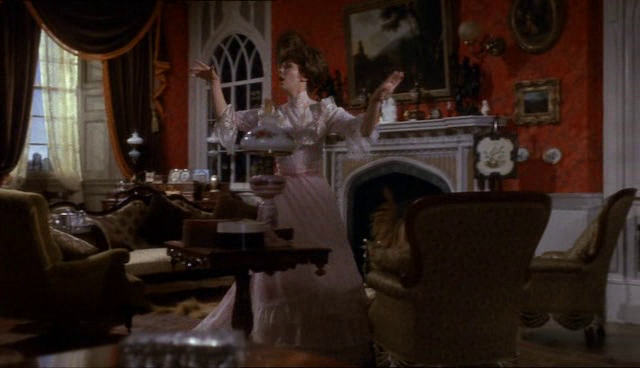
- John Barry’s score
Must See?
No; this one is a disappointment.
Links:
|






